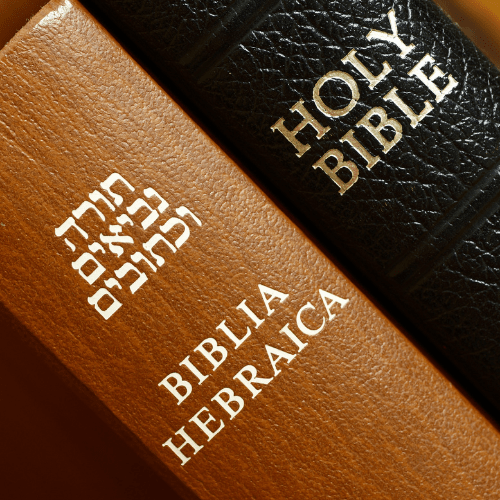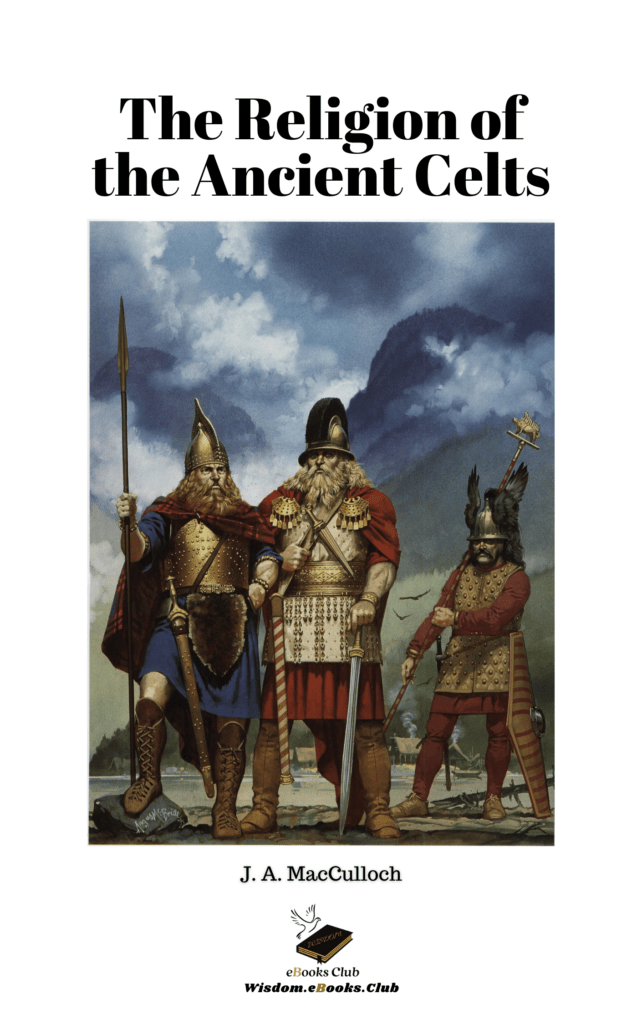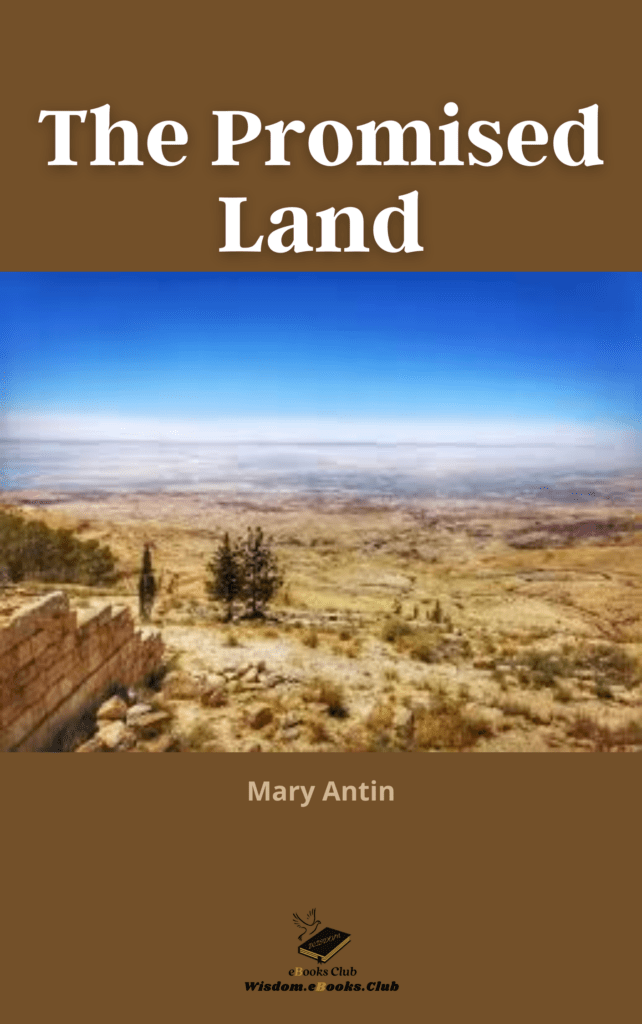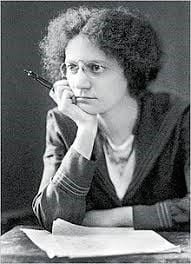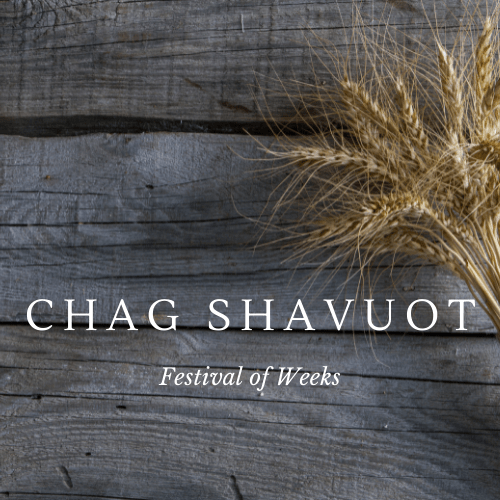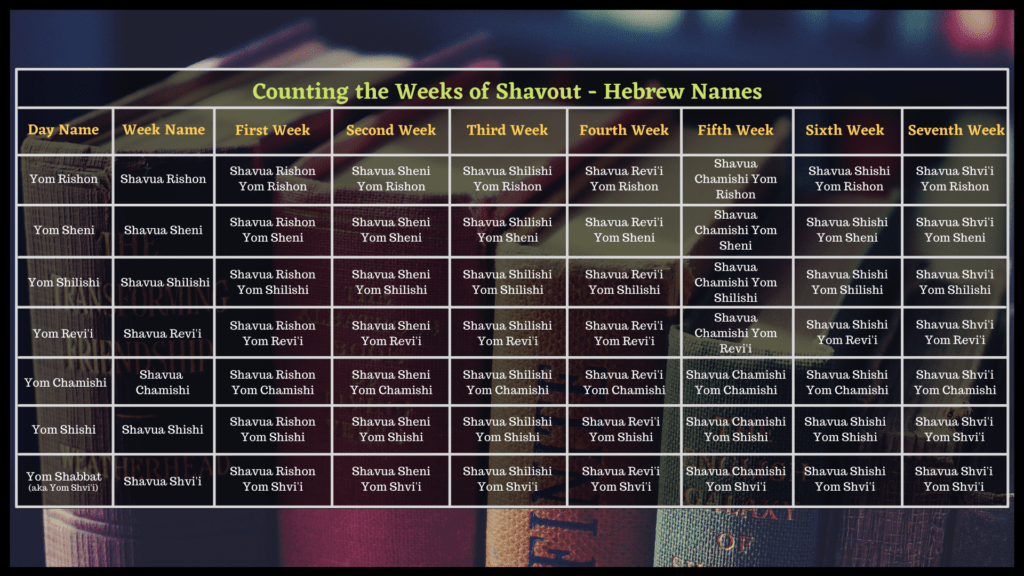Yom Teruah & Yom Kippur
Yom Teruah & Yom Kippur

Yom Teruah – Day of Blasting / aka Festival of Trumpets
Yom Teruah begins on the first day of Chodesh Shv’i (Seventh New Moon) and is a Shabbat like day and all work is forbidden. It is the only festival celebrated at the beginning of the month. The only one celebrated in a time of darkness. Yom Teruah is a feast of beginning and literally means a “Day of Shouting or Blasting”. This word can describe the noise made by a shophar or trumpet, but also describes the noise made by a large gathering of people shouting in unison.
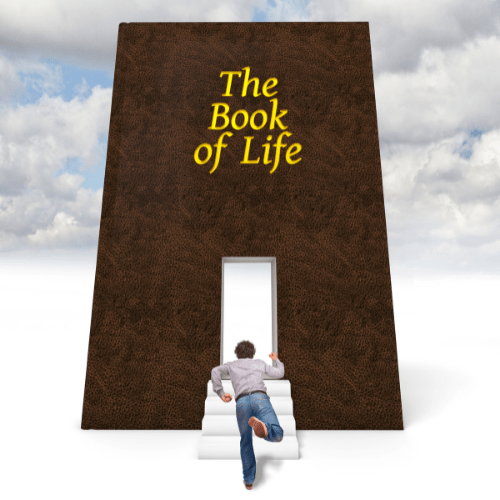
Hebrew tradition teaches that Chodesh Shv’i is the new moon when Yahweh crowed the King, and is likewise the day when the King is to return to pass judgement on the world. One is judged on Yom Teruah and one’s doom is sealed 10 days later on Yom Kippur (Day of Atonement). The trumpet will be sounded on Yom Teruah to signify the second coming of Yahusha, when he returns to pass judgement. If your name isn’t already written in the Book of Life, then you have a 10-day tribulation period between Yom Teruah and Yom Kippur to repent and atone for your sins before the Book of Life is opened, on Yom Kippur, and the verdict is sealed. In the Scriptures, 10 days is sometimes referred to as the time-period for trials and tribulations.
Yom Kippur – Day of Atonement

The literal translation of Yom Kippur is “Day of Atonement”. It occurs on the 10th day of Chodesh Shvi’i (Seventh New Moon), just before the Fall harvest.
Yom Kippur is a holy day, and all work is forbidden. It is a day of intense relationship with Yahweh and is a day of self-abnegation and prayer.
Yom Kippur is the only day when the High Priest could enter the “holy of holies” in the ancient Temple in Yerushalayim. Yom Kippur is often referred to as the Shabbat of Shabbats (Sabbath of Sabbaths); it is considered the most holy of the set-apart Shabbats. It is the holiest day of the entire year and is generally spent fasting and praying for forgiveness. It’s the moment of the most intense spiritual experience, the moment of atonement, the moment when all misdeeds are covered over. Yom Kippur is the day to forgive others of theirs sins against you and for you to repent and atone for your sins against others and against Yahweh. Most Hebrew set-apart days involve festive meals, but Yom Kippur involves affliction of one’s soul instead.

By refraining from certain activities, the body is made uncomfortable. Since the soul is the life force in a body, one’s soul is also made uncomfortable. Affliction of one’s soul was accomplished by acts like dry fasting (no food or water), forgoing marital relations, etcetera. The 10-day tribulation period starts with repentance on Yom Teruah and is completed with full atonement on Yom Kippur. At the time of the Second Coming, one will be judged on Yom Teruah and one’s doom sealed 10 days later on Yom Kippur when the Book of Life is opened.
Atonement / Repentance Correlation
Repentance is one element of atoning for one’s sin. To repent is to feel sorrow, regret or pain for what one has done or omitted to do. To atone is to make amends, reparation or compensation for a sin, an offence or a crime one has committed.
To see more information about this topic or other religious topics, you may check the books and magazines available at www.wisdomebooksclub.com or visit our peals of wisdom page page by clicking on this link to access more interesting blog articles, games, quizzes, music videos, religious poems, Jewish recipes, popular sermons, and more.
